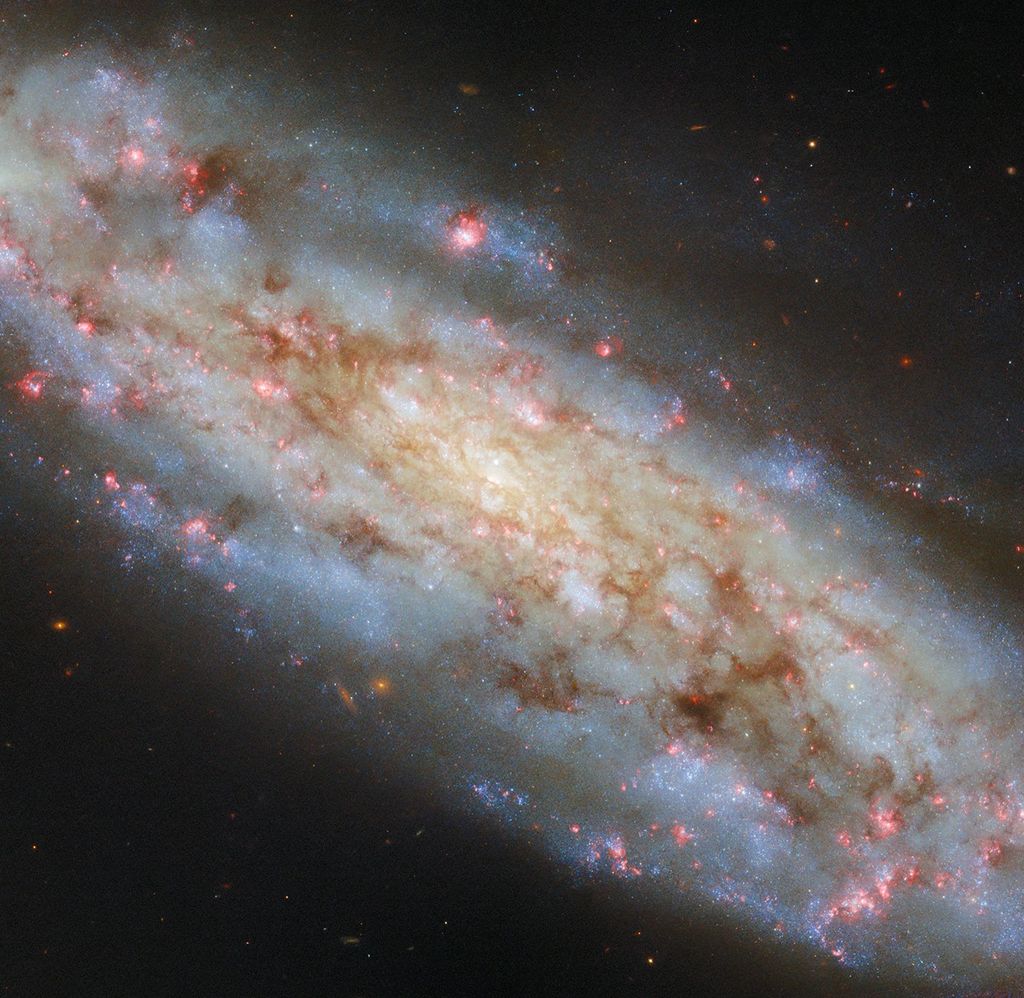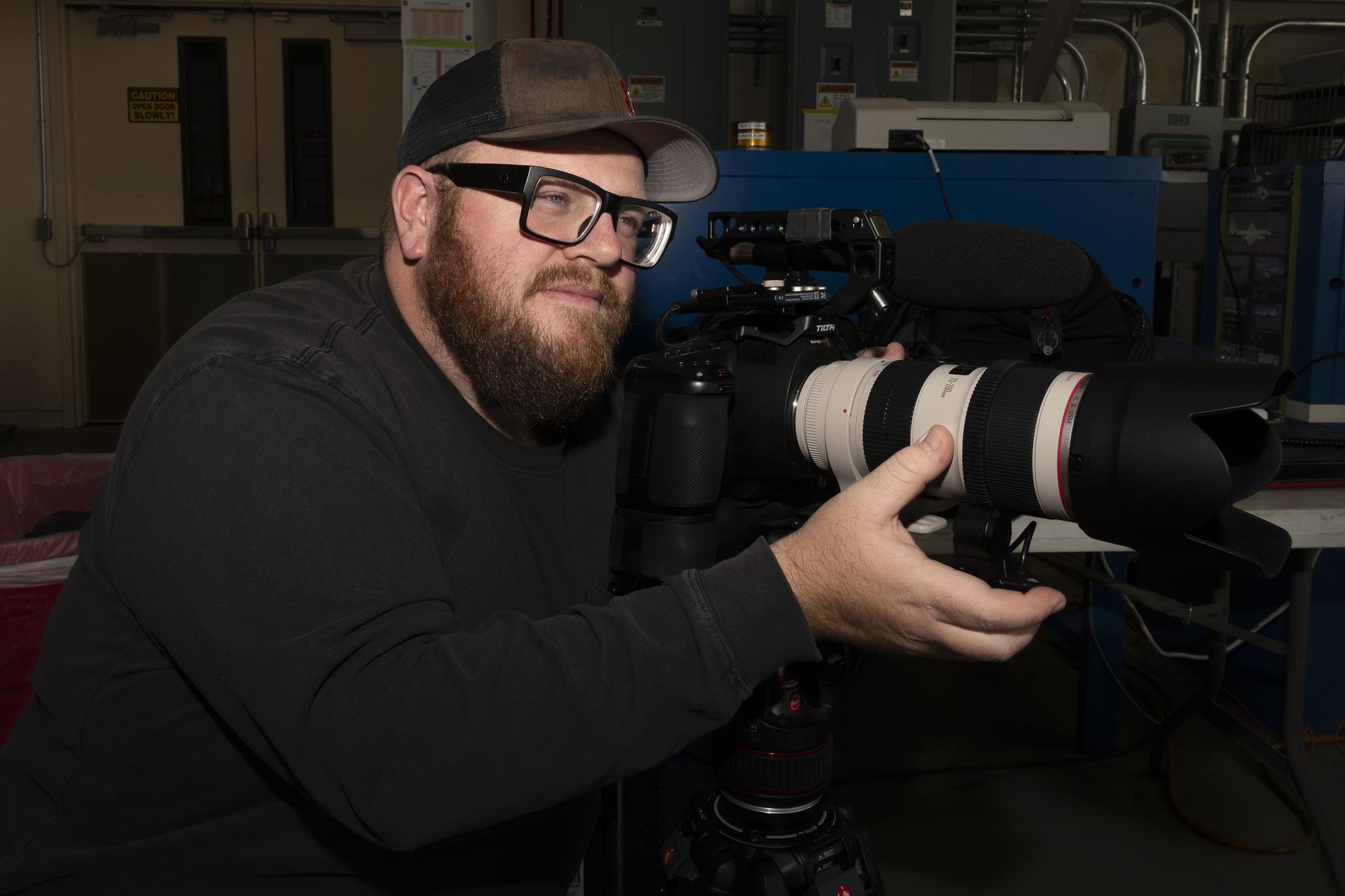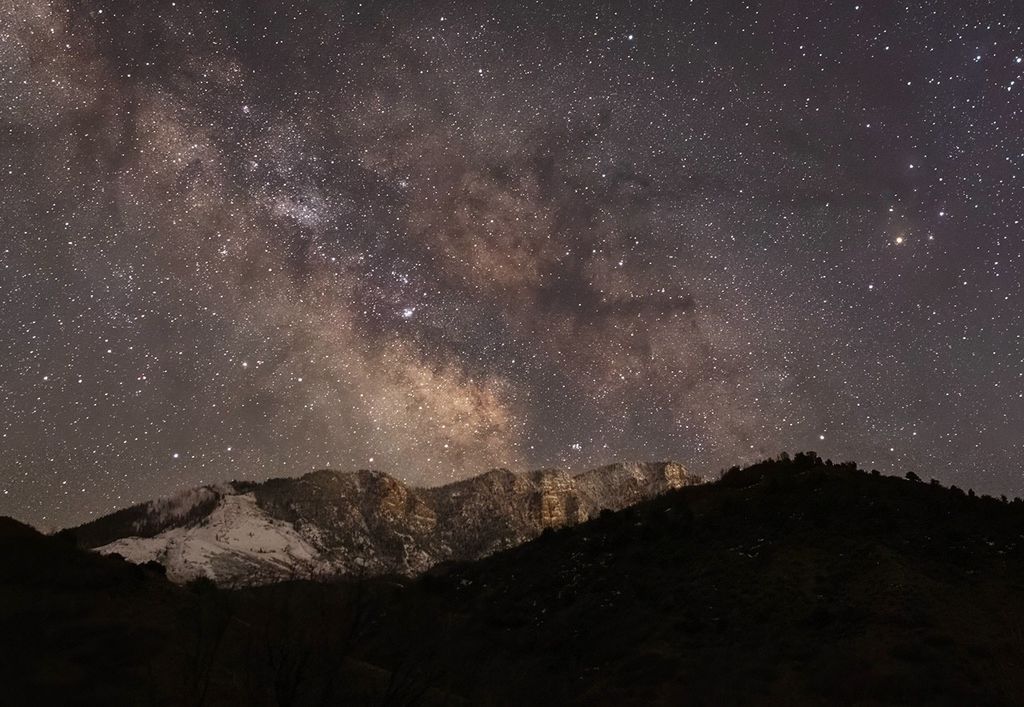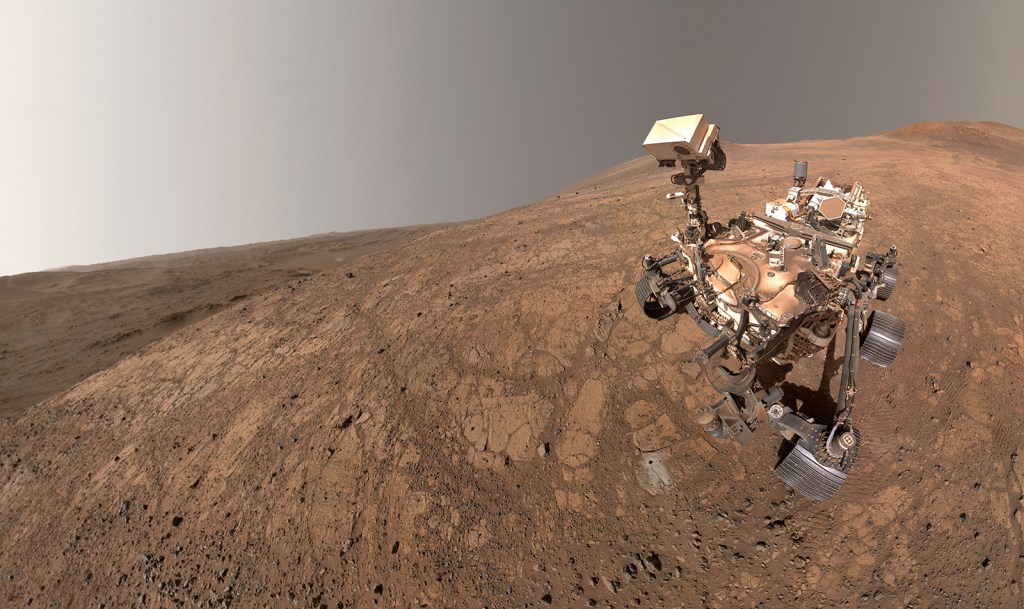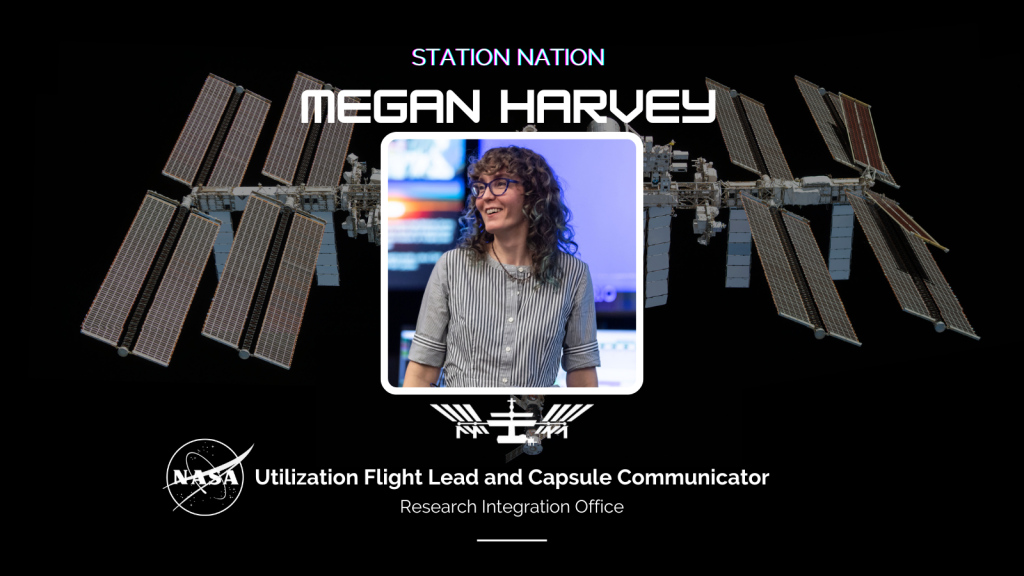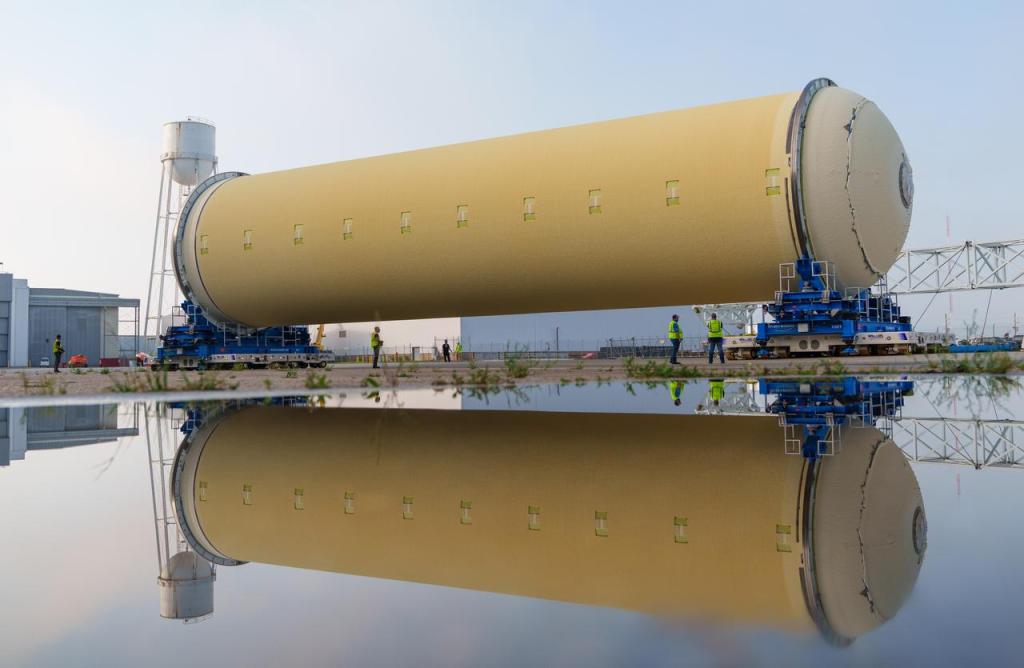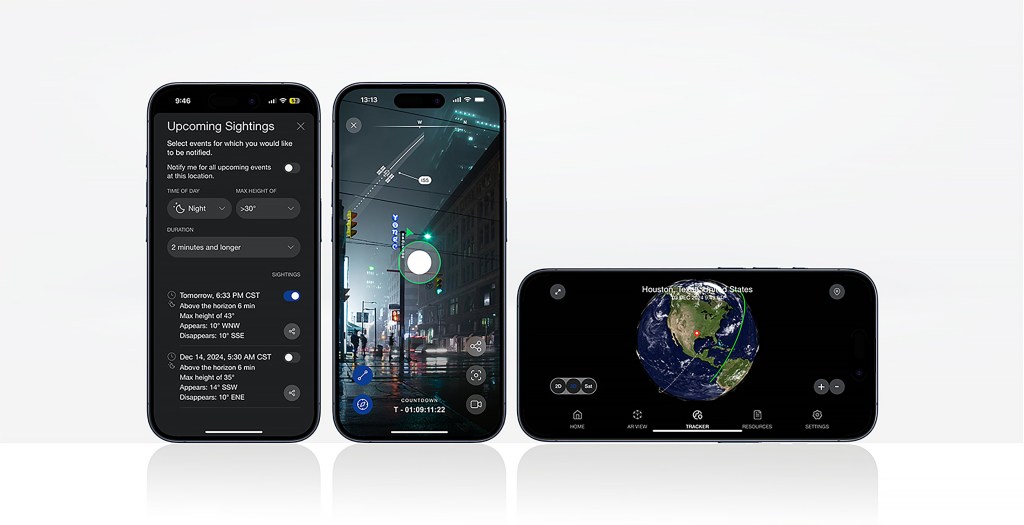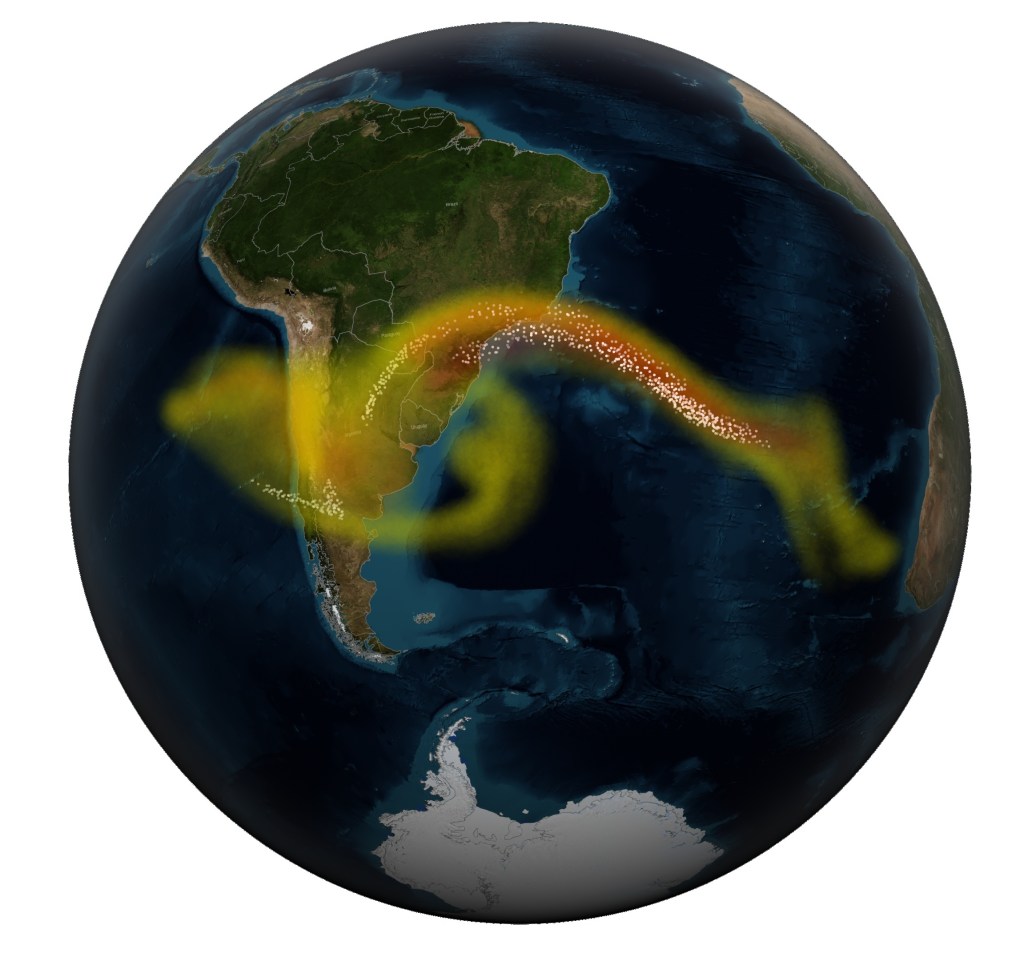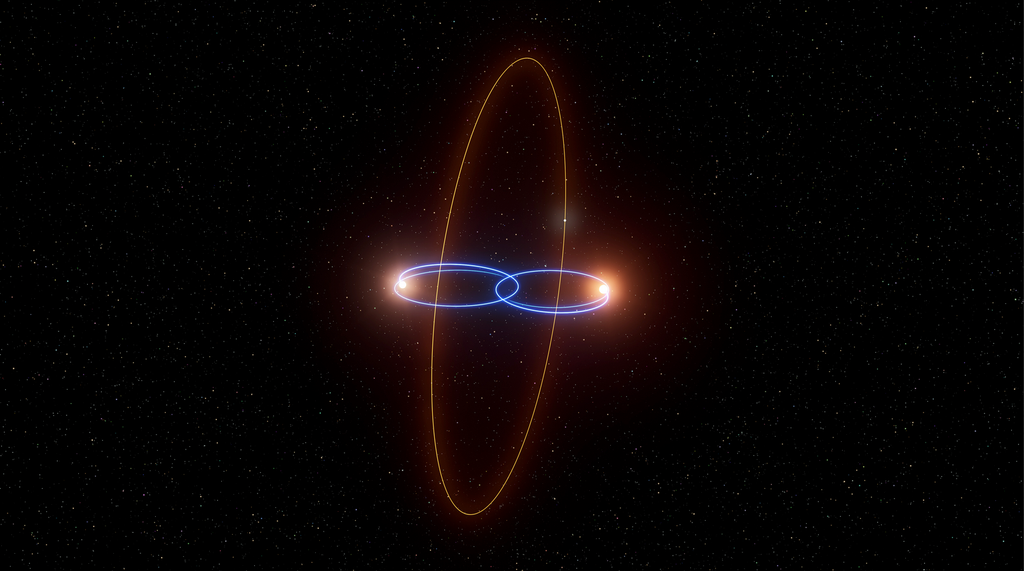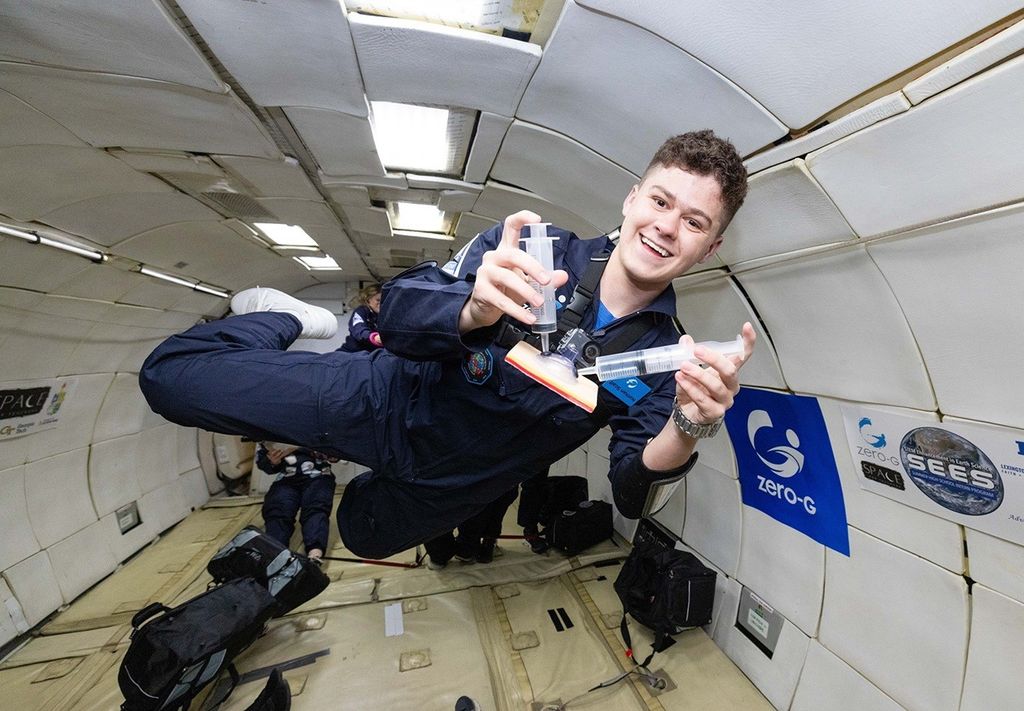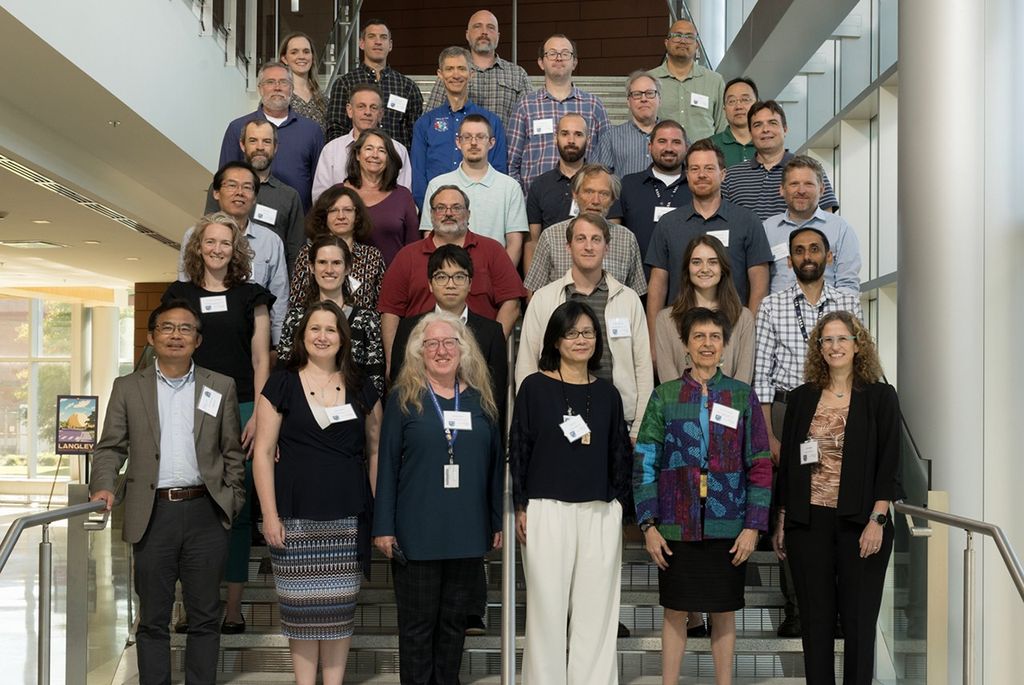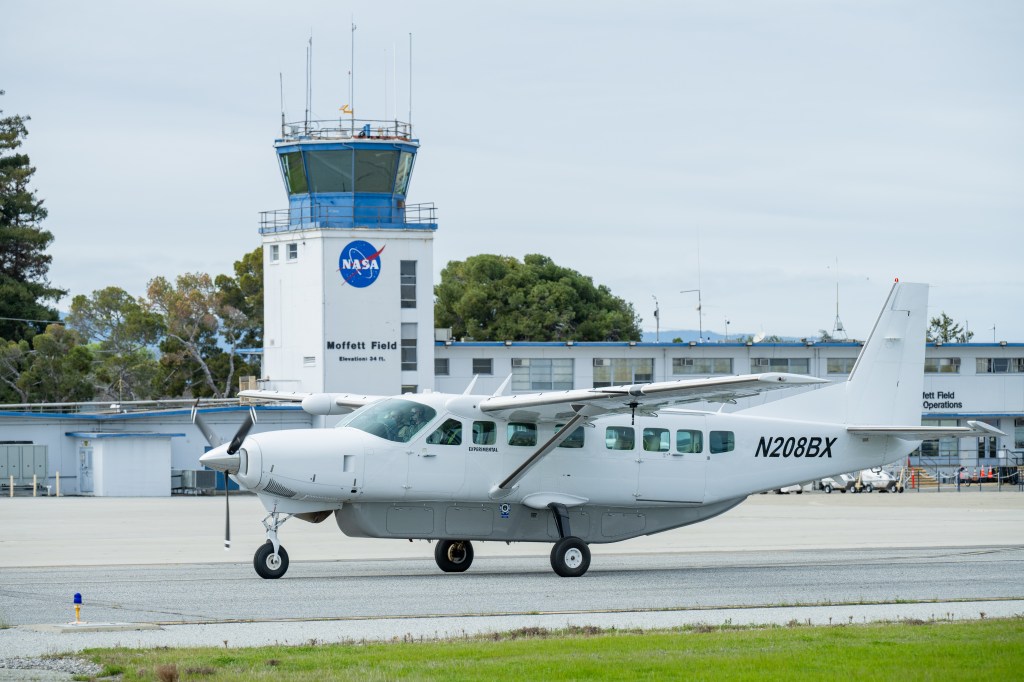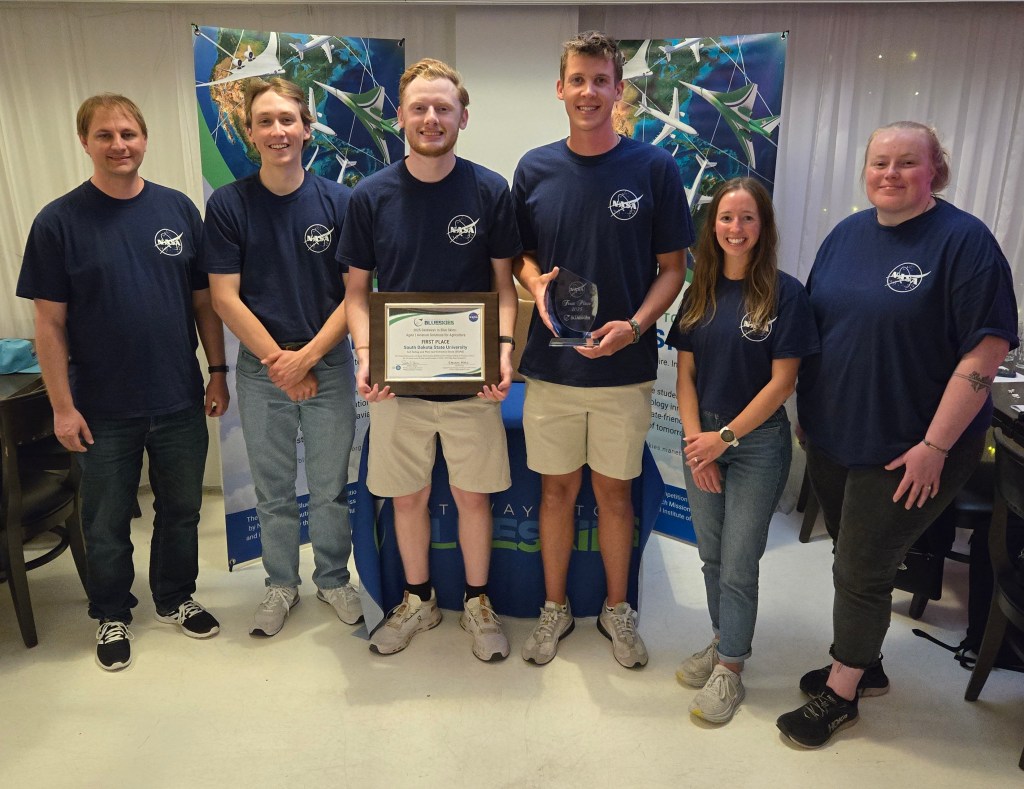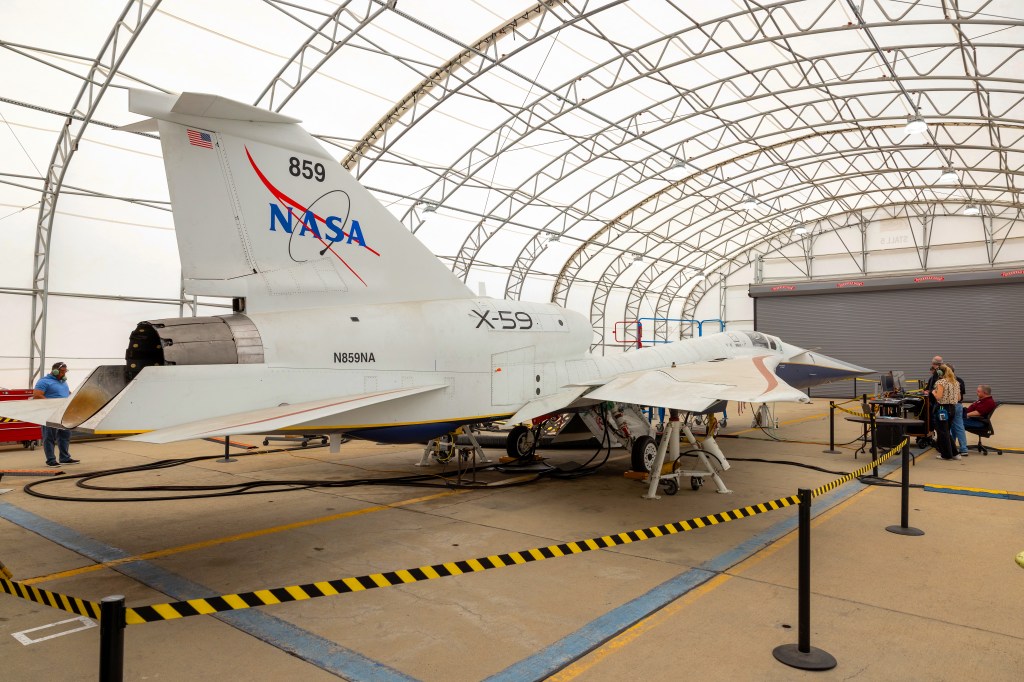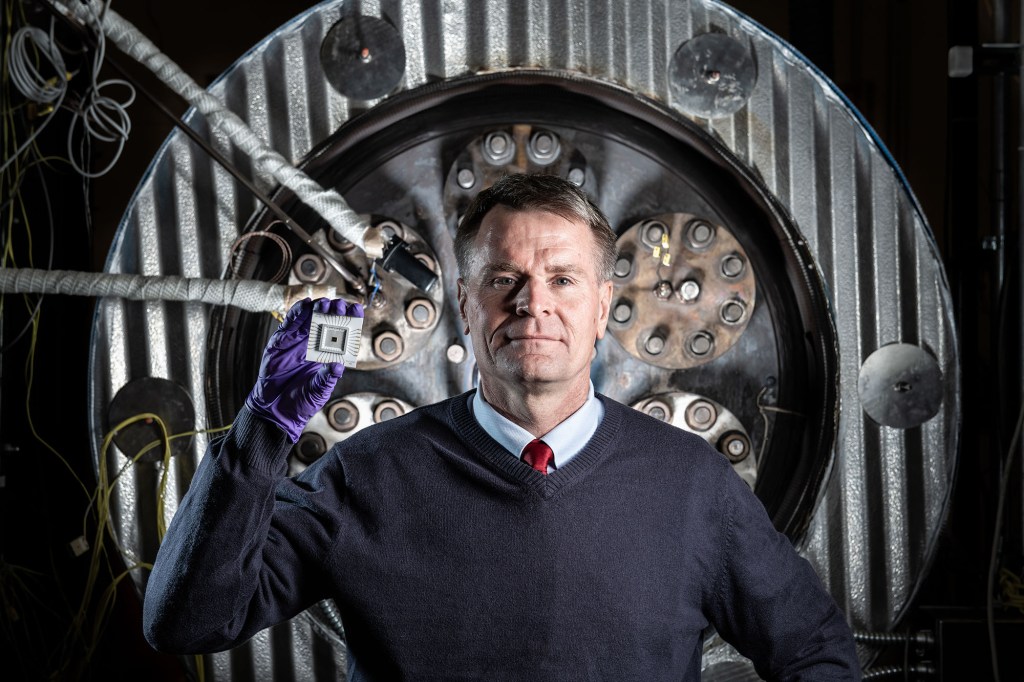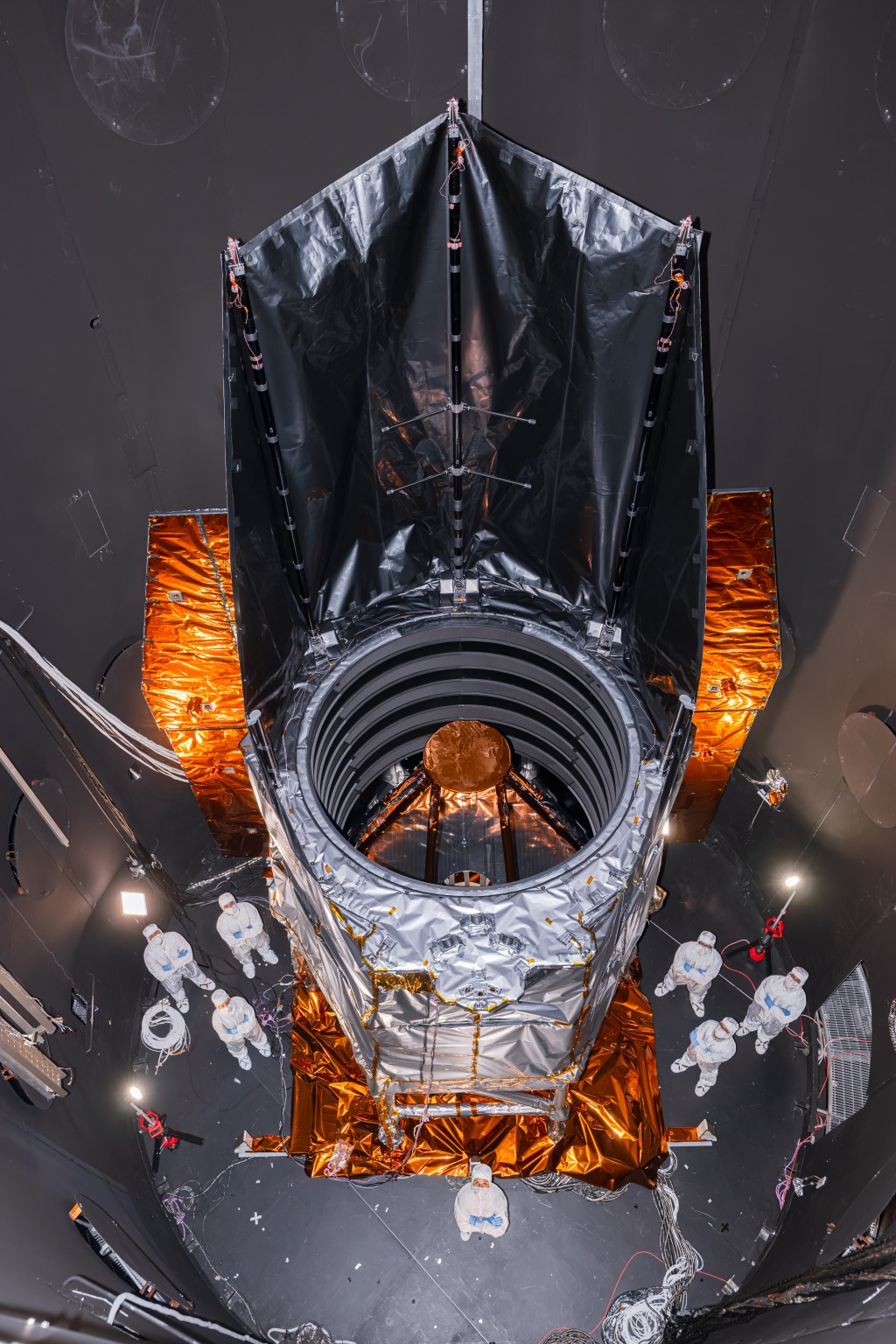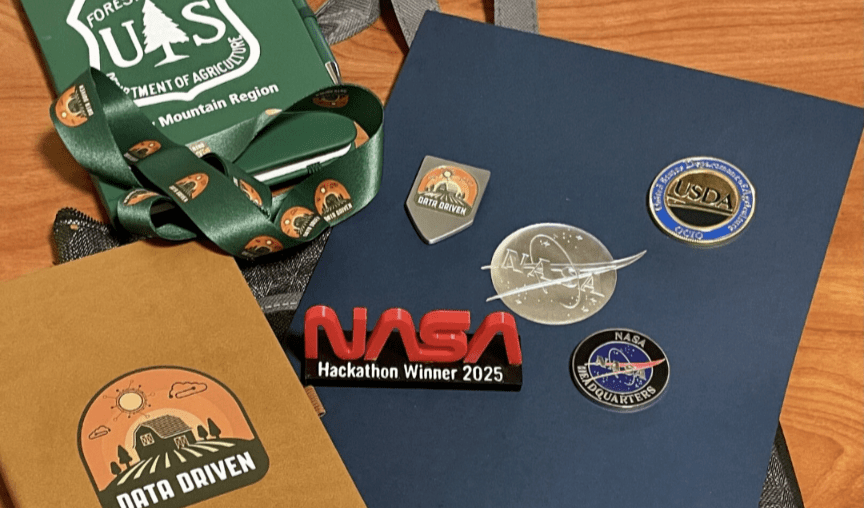Behind the Scenes: Cassini Group Photo
| Credit | NASA/Jet Propulsion Laboratory-Caltech |
|---|---|
| Language |
|
With Cassini’s exploration of Saturn coming to a dashing end in a few months, the mission team scheduled an “All Cassini Plus Alumni” group photo on Wednesday, June 21,2017 to commemorate the event.
The photo shoot provided a great opportunity for people to catch up with co-workers and old friends. While they readied for the camera, past and present team members sipped coffee and reminisced, sharing Cassini highlights and war stories as well as their feelings about the coming end of the long, productive mission.
Many team members present began their careers working on Cassini. Some never left. Linda Spilker, Cassini project scientist, has been on the mission since 1988.
“It takes Saturn 30 years to go around the sun and that’s almost as long I’ve been working on Cassini,” Spilker said.

“As the Cassini mission ends I realize what a tremendous success the mission has been and we leave this incredible legacy, a wealth of scientific data. In a sense Cassini’s ending is also a beginning because it makes me think we need to go back. So as we close Cassini’s chapter, there’s so much left to do and explore in our solar system,” she said.
Program Secretary Karen Chan has been with Cassini from day one. Although she appreciates the mission’s many accomplishments, she says it will be difficult to see it go. “I feel like Cassini is my baby because I have been there from conception through development, then its birth when it launched, and through the phases of adulthood,” Chan said.
Others are newer to the team. Morgan Cable is a project science systems engineer and has worked on Cassini for about a year and a half. She is thrilled to be part of such a flagship mission. “It is so amazing to be welcomed into the Cassini family, and it really is a family,” Cable said.
During its journey, Cassini has made numerous discoveries, including vast seas of liquid methane on Saturn's largest moon, Titan, and a global ocean with hydrothermal activity within the moon Enceladus. The Cassini spacecraft flew through a plume of material being ejected from the south pole of Enceladus.
Cassini's revelations about Enceladus have revolutionized the way scientists look at ocean worlds, including where they may exist, and where life might be found. “ As a scientist interested in astrobiology, it was the coolest discovery,” Cable said.
John Casani was the mission’s project manager before the spacecraft launched in 1997. “Now that the mission is ending, it’s the culmination of a lifetime. Literally some people have worked on this mission for their whole professional lifetime, and the fact that it has been so successful and has worked so well, much longer and much better than anyone ever expected, is a real acknowledgement to the people who worked on it,” Casani said.
“It’s kind of sad to know it’s all going to end soon but it’s going to end the same way I hope I end: quickly,” Casani said.
The spacecraft, which has explored the ringed planet and its moons since 2004, will make a fateful plunge into Saturn's atmosphere on Sept. 15, ending its long and historic mission.
Early that morning, the Cassini team will gather with family and friends to watch as the spacecraft's final transmissions arrive via the Deep Space Network. Given the time the signal will take to travel from Saturn to Earth, Cassini will have been gone for an hour and 23 minutes when its voice finally fades in JPL mission control. But the mission's legacy will continue to be felt for decades to come.

